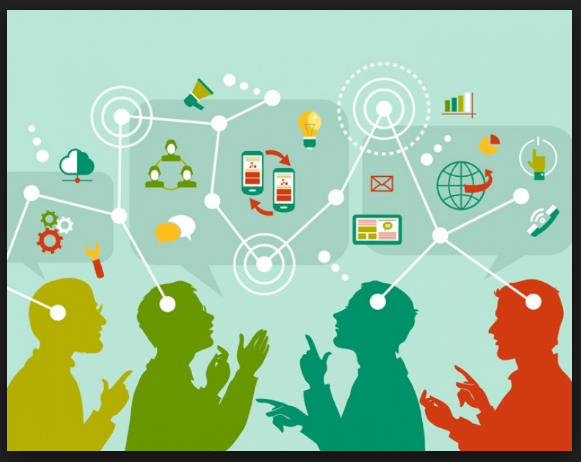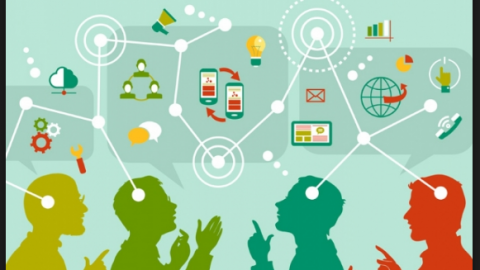Build a school from the vision of Educommunication

* By José Rivas
Educommunication is a discipline with more than 40 years of existence. It is part of that wave of communication that bet on the horizontality of the transmission of information from a participatory, creative vision and that allows the existence of diversity in educational, community and cultural spaces in a democratic way.
In Latin America, the concept of Educommunication was put into fashion by the intellectual Mario Kaplún, in his work: Pedagogy of Communication, where he states that “educational activities, in favor of a critical reading of culture and the media, promoting collaborative learning under a dialogic dimension, based on the process of communication with the interlocutors through the establishment of dialogue ”.
It is a fairly young discipline, but it is necessary that in the face of the effects caused by the covid-19 pandemic, the Dominican educational system begins to assume its main teachings to help improve communication between teachers, students and communities, three pillars that must interact in these moments in which the processes of the transmission of knowledge are appealed in a virtual way.
Using social networks as a platform that modern technology offers us and that forces us to collect experiences in the country and the region of education by radio and television.
Educommunication leads us to not only manage the means that the internet offers us, but also invites us to the teacher, as the driver of the teaching-learning process, to understand that we must leave the so-called “banking education” in the past.
That is to say, that the teacher and the teacher, from that position of power that their role gives, must promote the participation of the student and the inclusion of the family and the entire community in the special conditions that the world lives.
The driver of this process, from the Covid reality, will not only mechanically handle the platforms that he uses to move the school year forward. You also have to be aware that the management of the virtual classroom, communication with the other actors in the process ceases to be vertical, becoming participatory, critical and creative, causing real changes in the management of knowledge transmitted through networks or traditional media.
Is it difficult to get education and communication to walk together in this very important stretch of human history? Technology is at hand. The challenge remains to create a teacher with the vision of communication that provides the tools of positive empathy to help students and the community, no matter how remote they are physically, work so that the contents of formal and non-formal education are useful for the development of a truly democratic environment in classroom spaces, virtual or face-to-face.
The teacher and female teacher need to be instructed in the parameters of Educommunication, a discipline that has its origins in the creation of informational murals and school newspapers. But that was strengthened in Latin America with Alternative and Popular Communication. It is from 1998 that UNESCO officially puts it on the map of the conceptual.
In the Dominican Republic grassroots organizations, such as the Ecclesial Base Communities, with their newspaper Encuentro, or the Radio Schools of Radio Santa María, constitute only two examples, of the many that exist, to promote a true distance education, which gives its fruits and that in this time of pandemic, educators, students, family and community we manage to erase the once traditional school and we enter into a teaching-learning process that gives birth to more constructive actions in the thought of the nation







